

Articles
What Is The True Color Of Mirrors
Modified: December 7, 2023
"Discover the fascinating science behind mirrors and explore the answer to the question - What color are mirrors? Read our informative articles to unravel the mystery."
(Many of the links in this article redirect to a specific reviewed product. Your purchase of these products through affiliate links helps to generate commission for Storables.com, at no extra cost. Learn more)
Introduction
When you think of a mirror, you may envision a shiny surface that reflects your image back to you. But have you ever wondered about the color of mirrors? Are they truly colorless, or do they possess a hidden hue that we fail to perceive? In this article, we will delve into the curious world of mirror colors and explore the science, perception, and symbolism behind them.
At first glance, mirrors appear to be devoid of color. They seem to faithfully replicate the colors of the objects they reflect. However, the truth is that mirrors do have a color, albeit one that is not easily detectable by the naked eye.
Key Takeaways:
- Mirrors possess a subtle color due to light absorption by the reflective coating, but our perception is influenced by factors like lighting, environment, and visual illusions.
- Cultural and symbolic interpretations of mirror color add depth to their significance, reflecting diverse beliefs and enriching our understanding of this everyday object.
Read more: What Fruits Are True To Seed
The Scientific Explanation of Mirrors
To understand the scientific explanation of mirror colors, we need to delve into the nature of light and reflection. When light falls on a smooth and polished surface, such as a mirror, it undergoes a process called specular reflection. During this reflection, light waves bounce off the surface in a predictable manner, preserving their original properties, including color.
However, mirrors are designed to have an extremely high reflectivity, meaning they reflect most of the incident light. This high reflectivity is achieved by using a thin sheet of glass or metal, known as the mirror substrate, and coating the back surface with a reflective material, typically aluminum or silver. The reflective coating enhances the mirror’s ability to reflect light and creates the illusion of colorlessness.
When light hits the mirror, the smooth surface ensures that the reflected waves maintain their original colors. But because the reflective coating absorbs some of the light, particularly in the ultraviolet and infrared spectrum, the reflected image appears slightly dimmer and cooler in color.
It is important to note that the color of mirrors is often influenced by the environment in which they are placed. For example, if a mirror is hung on a wall painted with a warm color, such as red or yellow, the reflected image may appear to have a subtle tint of that color. This is because the mirror is not completely isolating itself from the surrounding environment, and some of the ambient light is bouncing back along with the reflected image, creating a slight color cast.
The Perception of Mirror Colors
Despite the scientific explanation of mirror colors, our perception of them is often influenced by various factors. One such factor is our own visual perception and the way our brain processes the information received from our eyes.
Our brain has a remarkable ability to adjust and compensate for differences in lighting conditions, which can affect our perception of mirror colors. For example, when we enter a room with warm lighting, our eyes adapt to the warm color temperature, and as a result, the mirror may appear to have a slightly warmer tone as well.
Additionally, our brain relies on contextual cues to determine the color of objects. Mirrors, being highly reflective surfaces, not only reflect light but also reflect the colors of the surrounding objects. As a result, we may perceive a mirror to have a subtle tint of the objects or walls surrounding it. This phenomenon, known as color constancy, can give the illusion of mirror colors.
Furthermore, our perception of mirror colors can be influenced by the angle at which we view the mirror. When light hits the mirror at a certain angle, it can create reflections and distortions that may alter our perception of color. The angle of incidence and the angle of reflection play a significant role in how light interacts with the mirror and ultimately impacts our perception of its color.
It is important to note that while mirrors may appear to have color under certain conditions, the color we perceive is often very subtle and may not be easily distinguishable to the average observer. The true color of a mirror, as determined by the properties of reflected light, is often masked by our subjective perception and the influence of external factors.
Factors Influencing Mirror Color Perceptions
Several factors can influence our perception of mirror colors. Let’s explore some of the key factors:
1. Lighting Conditions: The type and intensity of the light that falls on the mirror can significantly impact our perception of its color. Different lighting conditions, such as natural daylight, incandescent lighting, or fluorescent lighting, can alter the color temperature and make the mirror appear warmer or cooler in tone.
2. Surrounding Environment: The colors present in the surrounding environment can create an optical illusion and affect how we perceive mirror colors. If a mirror is placed in a room with predominantly warm-colored walls, such as shades of red or yellow, it can give the illusion of a warm color cast in the reflection.
3. Mirror Coating: The type of coating used on the mirror’s reflective surface can affect its perceived color. Mirrors with different coatings, such as aluminum or silver, can produce subtle variations in color. However, these variations are often negligible and may not be noticeable to the casual observer.
4. Viewing Angle: The angle at which we view the mirror can influence our perception of its color. As we change our viewing angle, the mirror reflects light differently, resulting in variations in the color we perceive. This can create interesting visual effects, especially when viewing a mirror from different perspectives.
5. Individual Differences: Each person’s perception of color can vary due to differences in color vision and subjective interpretation. Factors such as age, eye health, and personal experiences can also influence how we perceive mirror colors.
It’s important to remember that the influence of these factors on mirror color perceptions is often subtle. In most cases, mirrors appear colorless to the average observer, and any perceived color is typically very subtle and subject to individual interpretation.
The Role of Light in Mirror Color
Light plays a crucial role in our perception of mirror colors. Understanding how light interacts with mirrors can shed light on why we perceive them as colorless.
When white light, which is a combination of all colors in the visible spectrum, hits a mirror, it is reflected back to our eyes. The mirror’s reflective surface is designed to preserve the properties of incoming light waves, including their color. Therefore, in theory, the reflected light should retain its original color.
However, the perception of mirror colors is influenced by the way our eyes and brain perceive and interpret light. The reflective coating on the back surface of the mirror absorbs some of the incident light, causing the light that reaches our eyes to be slightly diminished in intensity. This can create the impression that the mirror is colorless.
In addition to the absorption of light by the reflective coating, the quality of light and its color temperature can also impact our perception of mirror colors. Light sources emit different color temperatures, ranging from warm (reddish) to cool (bluish). When we view a mirror under different lighting conditions, such as warm incandescent light or cool fluorescent light, it can affect how we perceive the reflected colors.
Moreover, the type of light that falls on the mirror can influence the colors we see in the reflection. For example, if an object with a specific color is placed in front of the mirror, the reflection will also contain that color. On the other hand, if the mirror is surrounded by objects with varying colors, the reflected image may appear distorted or blended due to the mixed wavelengths of light reaching our eyes.
It’s important to note that while mirrors may possess a subtle color, this color is often masked by the overall reflection of the environment. In most cases, the human eye perceives mirrors as colorless, emphasizing their ability to faithfully reflect the colors of surrounding objects.
Mirrors are actually not colored, they reflect the colors of the objects around them. The silvering on the back of the glass gives mirrors their reflective properties.
Read more: What Are Mirrors
Optical Coatings and Mirror Color
Optical coatings play a crucial role in determining the color properties of mirrors. The reflective coating applied to the back surface of a mirror is designed to enhance its reflectivity and reduce the absorption of light. This coating can impact the perceived color of the mirror.
The choice of reflective coating material, such as aluminum or silver, can influence mirror color. Aluminum coatings tend to have a slightly bluish tint, while silver coatings can produce a warmer tone. However, these color differences are typically subtle and may not be noticeable to the casual observer.
Additionally, optical coatings can be used to enhance specific properties of mirrors, such as reducing glare or improving durability. Anti-reflective coatings, for example, are applied to mirrors to minimize the amount of light that is reflected back, resulting in a clearer and more vibrant image. These coatings can also help minimize color distortion and improve color accuracy in the reflection.
Another type of coating used in mirrors is a protective layer that safeguards the reflective surface from damage or tarnishing. This coating prevents oxidation and corrosion, preserving the mirror’s reflectivity and overall appearance.
Coatings can also be designed to manipulate specific wavelengths of light, resulting in specialized mirror applications. For instance, dichroic mirrors are coated with multiple layers of thin films to selectively reflect certain colors while allowing others to pass through. This technology is employed in applications such as photography, lighting fixtures, and microscopy.
Overall, the choice and application of optical coatings in mirrors can have an impact on their color properties. While these color differences may not be readily apparent to the average viewer, they play a crucial role in optimizing the mirror’s performance, durability, and visual appeal.
The Illusion of Mirror Color
The perception of mirror color can sometimes be influenced by visual illusions that trick our eyes and brain into perceiving colors that are not actually present. These illusions can create the illusion of mirror color, even though mirrors are designed to faithfully reflect the colors of the objects around them.
One illusion that can affect our perception of mirror color is the simultaneous contrast effect. When two colors are placed close to each other, our brain tends to enhance the differences between the two colors. This can create the illusion that the mirror’s reflection has a tint or hue, especially when viewed alongside objects with contrasting colors.
Another illusion that can contribute to the perception of mirror color is the contrast effect caused by the lighting conditions. When the lighting on the objects surrounding the mirror differs significantly from the lighting on the mirror itself, our brain may interpret the difference in color temperature as a slight color cast on the mirror’s reflection.
Furthermore, the perception of mirror color can be influenced by color constancy and color adaptation. Color constancy is the phenomenon where our brain adjusts our perception of the color of an object based on its surrounding environment. In the case of mirrors, the reflection can take on a subtle tint of the objects or walls surrounding it, creating the illusion of mirror color. Similarly, color adaptation occurs when our eyes and brain adapt to a specific color temperature over time, causing any subsequent colors we perceive, such as in a mirror’s reflection, to appear slightly altered.
It is important to note that these illusions do not imply that mirrors inherently possess color. Mirrors are designed to reflect light without altering its color properties. However, our perception and interpretation of the reflected light can be influenced by various visual factors and illusions.
Ultimately, the illusion of mirror color serves as a reminder of the complexity of human vision and the brain’s ability to interpret visual stimuli. While mirrors themselves may be colorless, our perception of their color can be influenced by a multitude of factors and visual illusions.
Cultural and Symbolic Interpretations of Mirror Color
In various cultures and symbolic contexts, mirrors hold significance beyond their physical properties. The color of mirrors can also carry cultural and symbolic interpretations, adding a layer of meaning to their presence.
In some cultures, mirrors are associated with purity and enlightenment. They are often seen as symbols of truth, clarity, and self-reflection. Mirrors are believed to reveal one’s true self, both physically and spiritually. As such, the color white, which is often associated with purity, cleanliness, and spirituality, can be attributed to mirrors in these cultural interpretations.
Alternatively, mirrors can be seen as portals to the spiritual realm or the realm of the divine. In certain cultural beliefs, the color gold is associated with divinity and the highest level of enlightenment. Mirrors adorned with gold or golden frames may symbolize these spiritual connections and serve as a means to connect with the divine.
In some cultures, mirrors are used in rituals, ceremonies, and spiritual practices. The color black, associated with the unknown and mystical realms, may be attributed to mirrors used in these contexts. The reflective surface of the mirror can be seen as a gateway to the spiritual and can enhance the connection between the physical and metaphysical worlds.
Furthermore, mirrors are often used in interior design and decorative purposes, where the color of the mirror frame or the frame design itself can carry symbolic significance. For example, in Feng Shui, a black frame may be used to absorb negative energy, while a red frame may symbolize good luck and prosperity.
It is important to note that these cultural and symbolic interpretations of mirror color can vary significantly across different cultures and beliefs. What may be assigned a certain symbolism in one culture may hold a different meaning in another.
Ultimately, the cultural and symbolic interpretations of mirror color provide an additional layer of significance and meaning beyond their physical attributes. They serve as a reminder of the rich diversity of beliefs and interpretations present in our world.
Conclusion
Exploring the concept of mirror color has revealed the intricacies and fascinating aspects of how we perceive and interpret the colors of mirrors. While mirrors are designed to faithfully reflect the colors of the objects around them, our perception of mirror color can be influenced by a variety of factors.
We have learned that mirrors themselves do possess a color, albeit a very subtle one, due to the absorption of light by the reflective coating. However, our visual system and the way our brain processes information play a significant role in how we perceive mirror colors.
Factors such as lighting conditions, the surrounding environment, viewing angle, and individual differences in perception can all contribute to our subjective experience of mirror color. Furthermore, visual illusions and cultural interpretations further shape our understanding of mirror color and add symbolic meaning to their presence.
Overall, it is important to recognize that while mirrors may appear colorless in most circumstances, their true color is influenced by the properties of reflected light. Our perception of mirror color is a combination of the reflected colors around the mirror, the lighting conditions, and our individual interpretation.
Through understanding the science and factors influencing mirror color, we can appreciate the complexity of human vision and our ability to perceive the world around us. Mirrors, whether colorless or subtly tinted, continue to play an essential role in our daily lives, functioning as tools for self-reflection, interior design, and as symbols of truth and clarity.
As we continue to gaze into mirrors, we can reflect not only on our physical appearance but also on the fascinating journey of perception and interpretation that lies behind the seemingly simple concept of mirror color.
Frequently Asked Questions about What Is The True Color Of Mirrors
Was this page helpful?
At Storables.com, we guarantee accurate and reliable information. Our content, validated by Expert Board Contributors, is crafted following stringent Editorial Policies. We're committed to providing you with well-researched, expert-backed insights for all your informational needs.
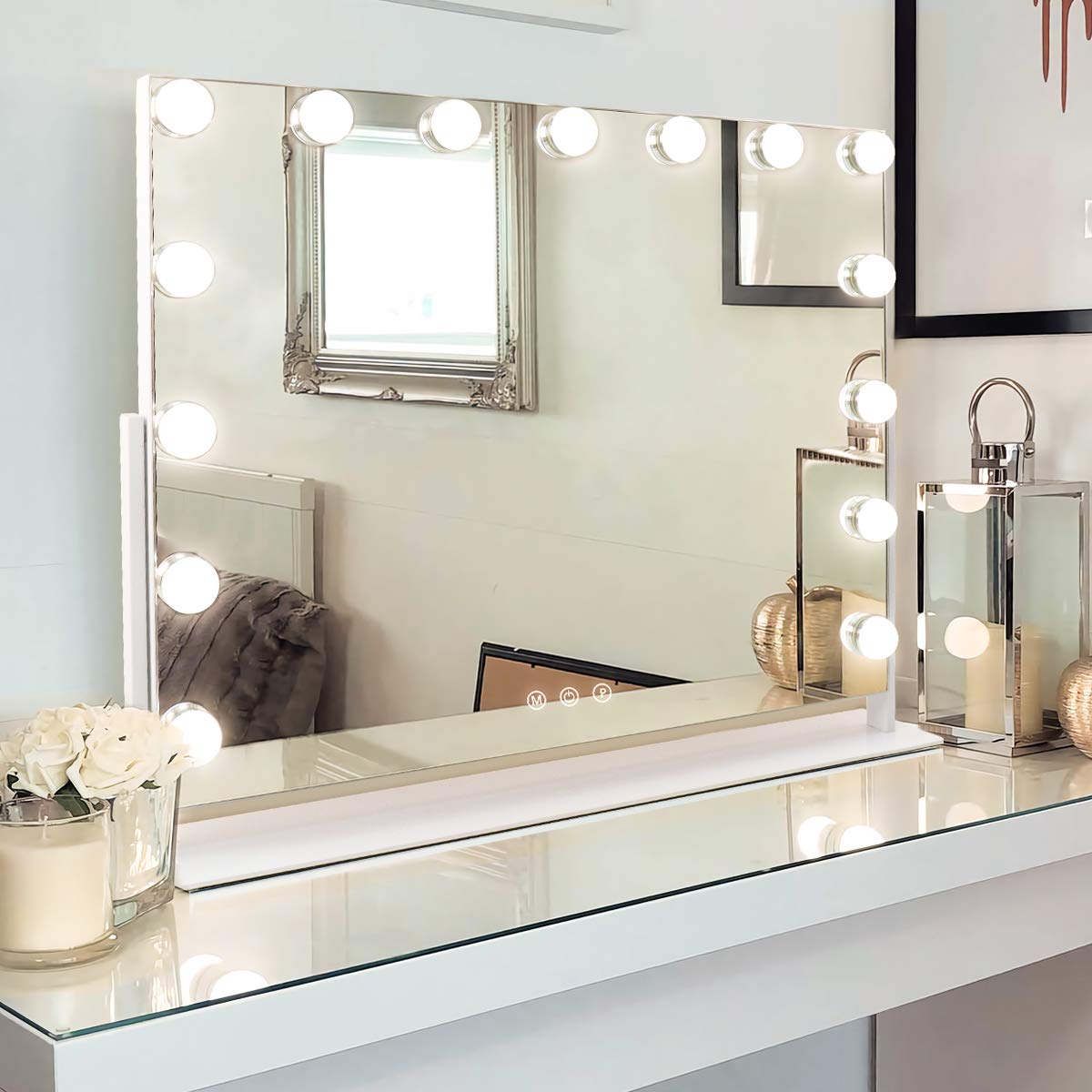
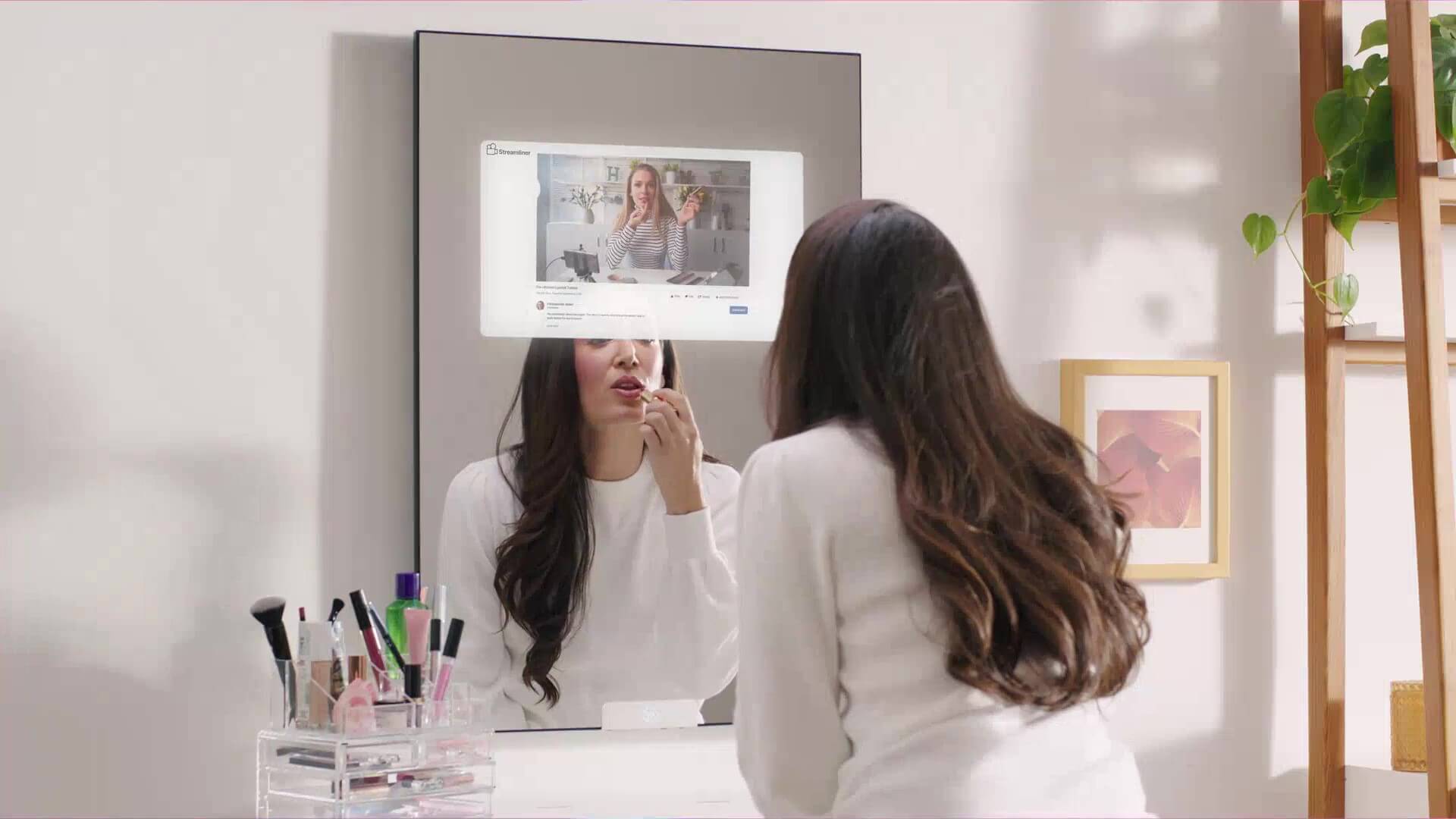



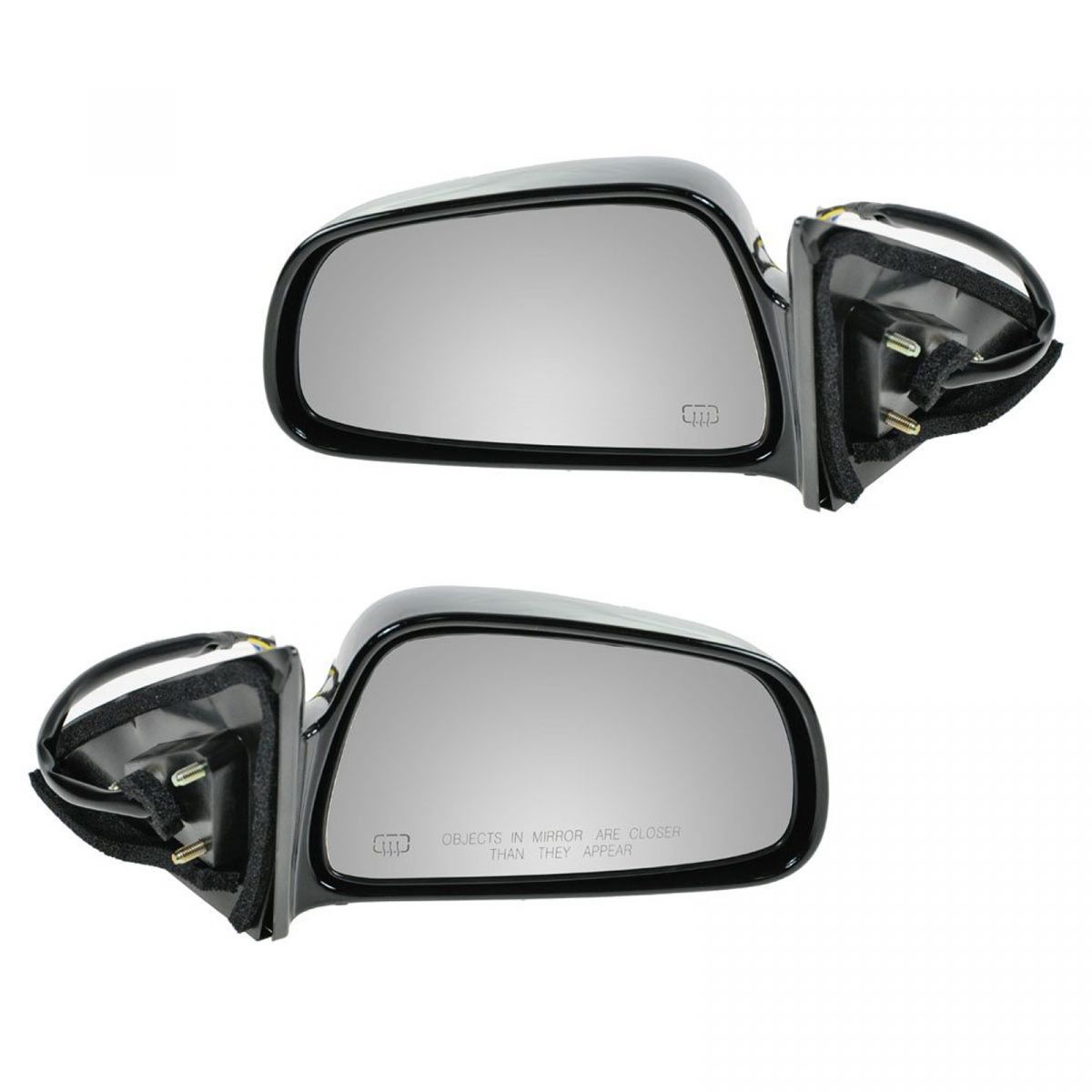
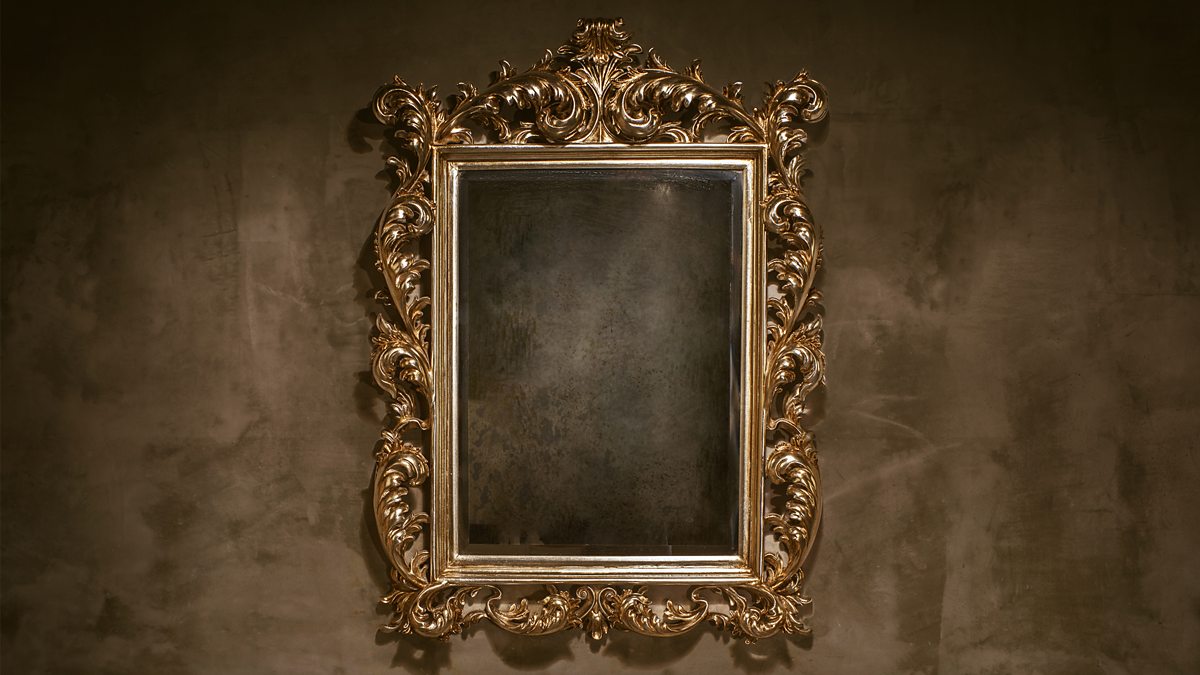
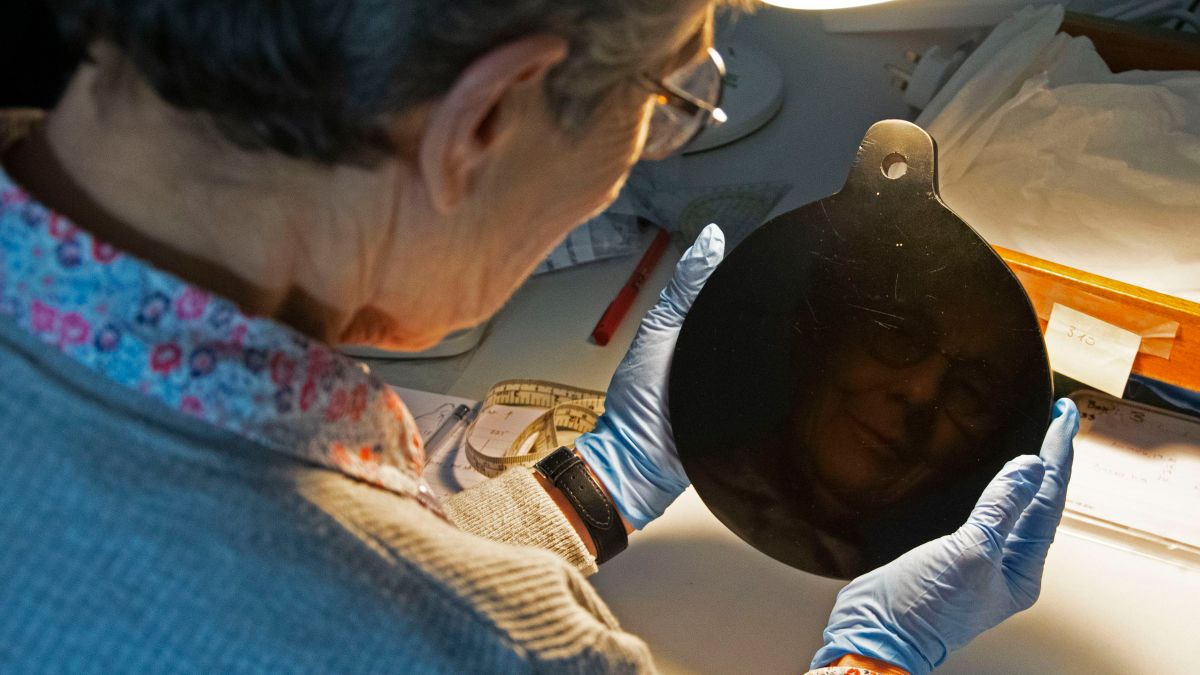

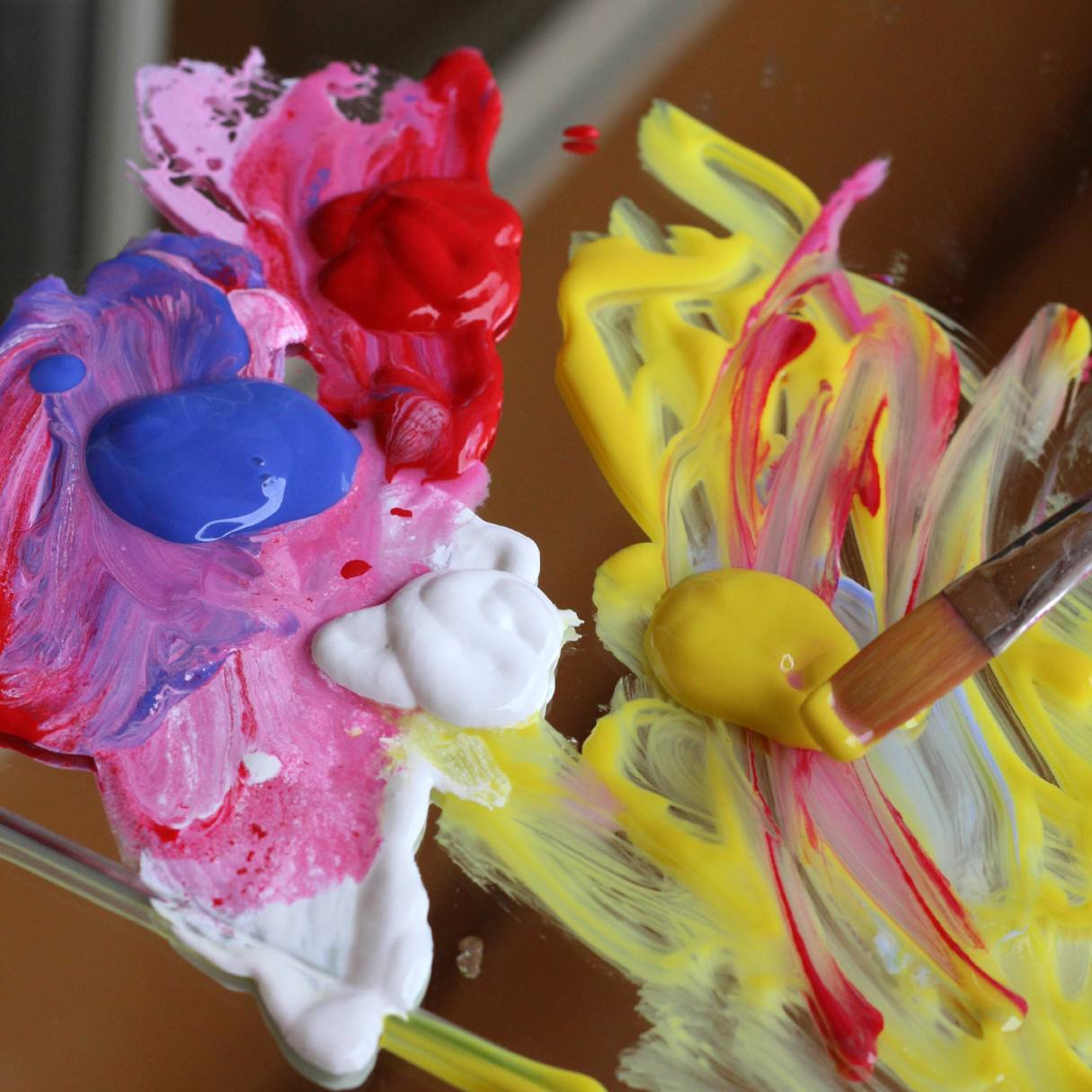

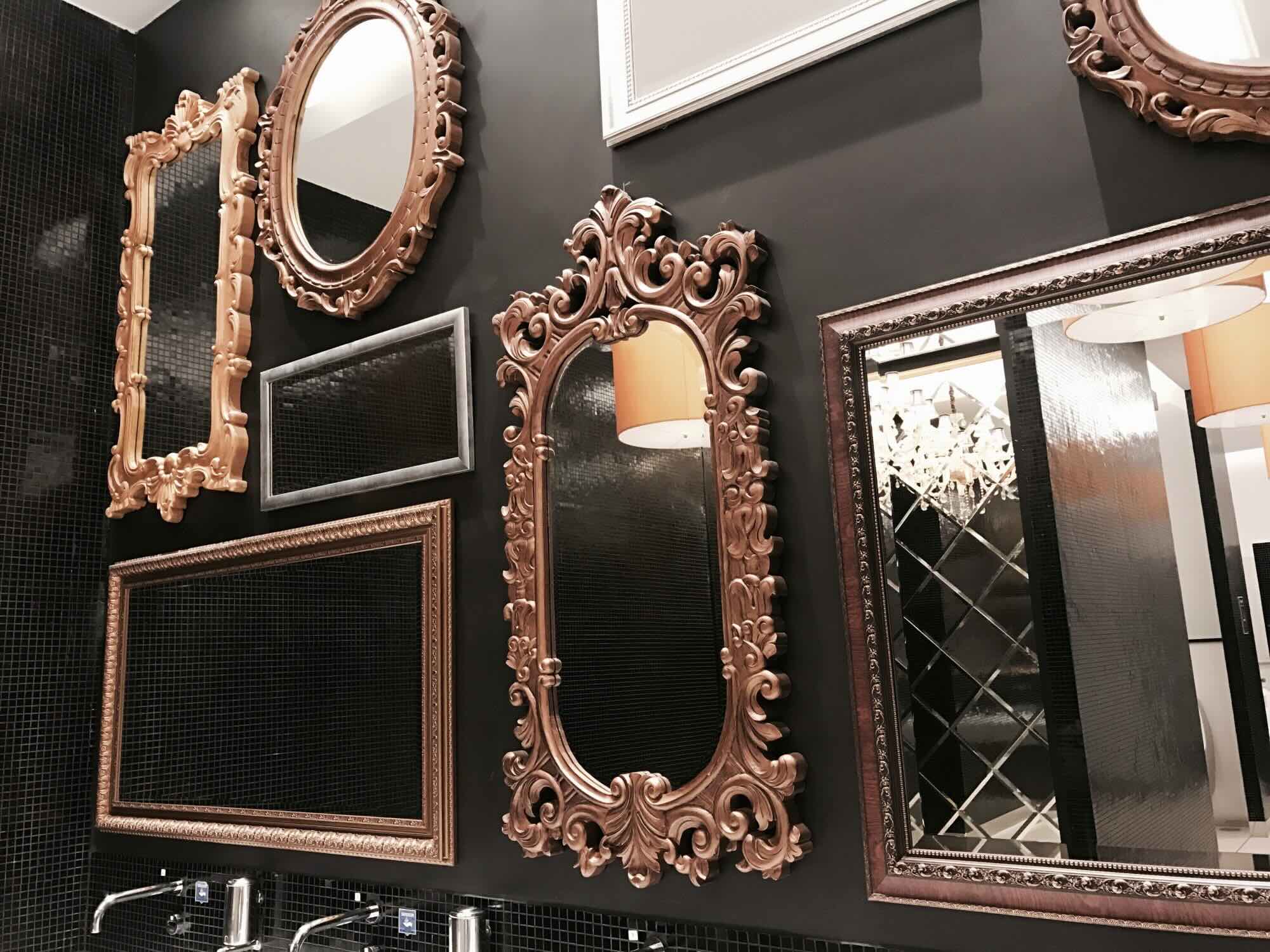



0 thoughts on “What Is The True Color Of Mirrors”